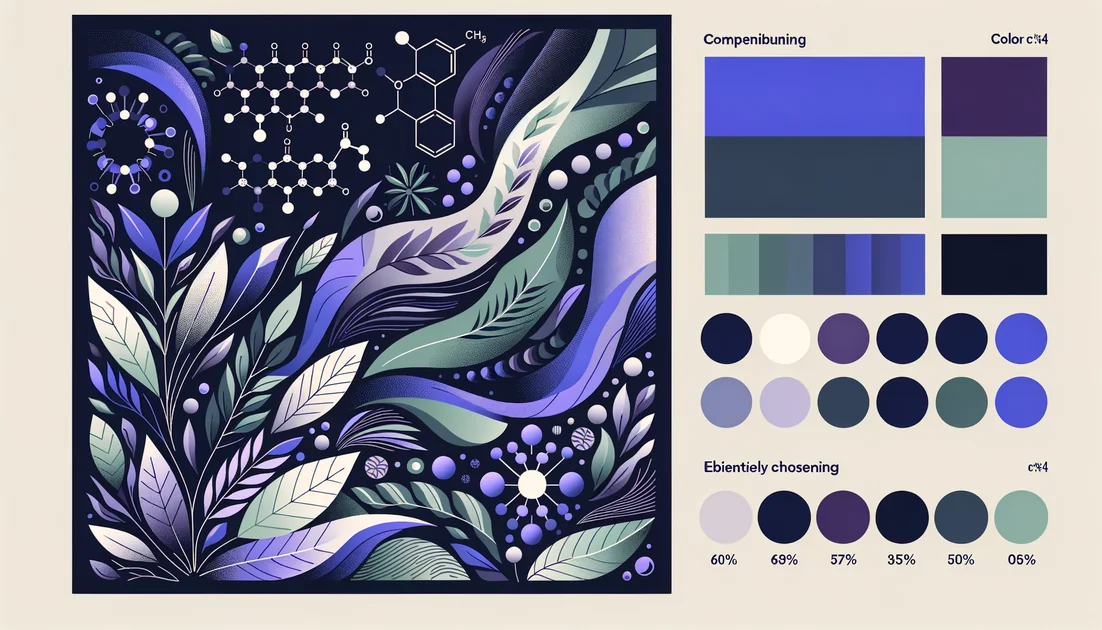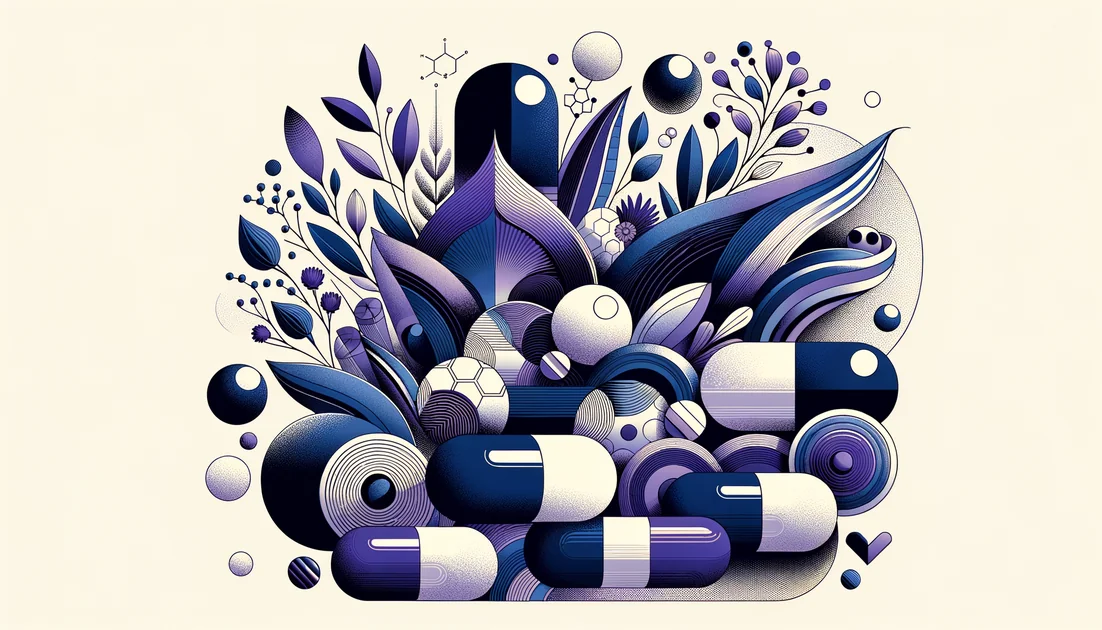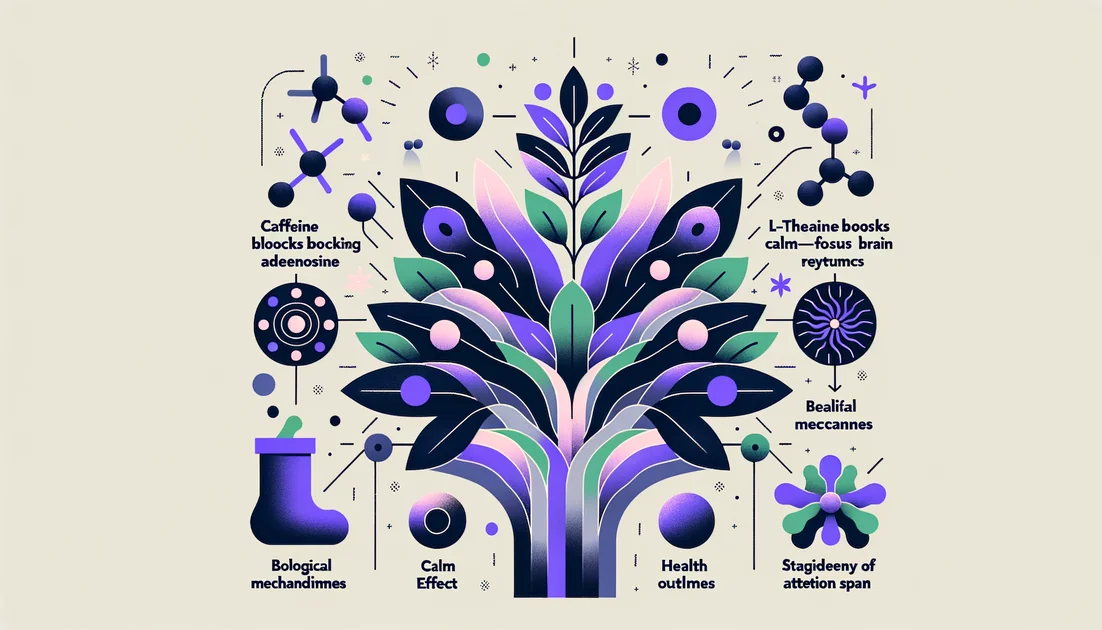
NMN vs NR for NAD+ precursor comparison
If you want the most standardized, widely available NAD+ booster with strong human data on NAD+ raising and safety, choose NR. If you're working with a clinician or enrolling in NMN trials, pharmaceutical-grade NMN can also raise NAD+, but retail NMN faces regulatory and quality issues. [1][2][5][8][11][13][14][16]
Both NMN and NR elevate human NAD+. However, NR wins for most buyers today due to consistent human pharmacokinetics, clearer U.S. supplement status (GRAS/NDI), and better standardization and retailer access. NMN remains promising—especially in pharma-grade forms (e.g., MIB-626)—but U.S. drug-exclusion rulings and uneven product quality make it a clinician-guided or trial-focused option for now. [1][2][5][8][11][13][14][16]
The Comparison
Standardization: No single U.S. pharmacopeial monograph; one pharma-grade polymorph (MIB-626) used in trials
Dosage: 250–1,000 mg/day in trials; 1,000 mg twice daily in some studies
Benefits
- •Raises blood NAD+ in humans
- •Early signals for gait/sleep in older adults (secondary outcomes)
Drawbacks
- •US supplement status disputed; major retailers restrict sales
- •Quality variability across consumer products
Safety:Short-term RCTs report good tolerability up to 2,000 mg/day; long-term data limited. [5][6][8]
BNicotinamide Riboside (NR, as NR chloride)
by Often sold as NIAGEN (ChromaDex)
Standardization: NDI acknowledged; FDA GRAS notice GRN 000635 for NR chloride; some NSF Certified for Sport products
Dosage: 300–1,000 mg/day in trials
Benefits
- •Consistently raises NAD+ in humans
- •Robust human safety dataset; standardized supply
Drawbacks
- •Clinical endpoint benefits mixed/neutral so far
Safety:Well tolerated up to 1,000 mg/day over weeks–months; no niacin flush. [1][2][3]
Head-to-Head Analysis
Efficacy: raising NAD+ in humans Critical
Winner:Tie• Importance: high
Clinical endpoints (function, disease measures) Critical
Winner:Tie• Importance: high
Onset/time-to-effect on NAD+
Winner:Tie• Importance: medium
Safety and tolerability Critical
Winner:Nicotinamide Riboside (NR, as NR chloride)• Importance: high
Standardization/quality control Critical
Winner:Nicotinamide Riboside (NR, as NR chloride)• Importance: high
Regulatory/market access (U.S.) Critical
Winner:Nicotinamide Riboside (NR, as NR chloride)• Importance: high
Bioavailability/transport
Winner:Tie• Importance: medium
Cost/value per reliable dose
Winner:Nicotinamide Riboside (NR, as NR chloride)• Importance: medium
Common Questions
Is there a head-to-head human trial of NMN vs NR?
No. Evidence is indirect; both raise NAD+, but superiority is unproven. [1][5]
Which raises NAD+ faster?
Both increase NAD+ within days–weeks; NR shows rises by ~2 weeks, pharma-grade NMN shows early increases too. [1][2][8]
Will NMN or NR improve longevity or disease outcomes?
No human evidence yet; most trials show NAD+ rises with limited clinical changes. [3][4][6]
Which Should You Choose?
General NAD+ support with proven standardization and easy sourcing
Clinician-supervised intervention or participation in NMN trials
Choose:β-Nicotinamide Mononucleotide (NMN)
Pharma-grade NMN (e.g., MIB-626) shows dose-related NAD+ increases; use within protocols mitigates quality/regulatory issues. [8][^10search4]
Athletes needing banned-substance-screened supplements
Older adults exploring mobility/sleep secondary outcomes
Choose:β-Nicotinamide Mononucleotide (NMN)
One RCT reported improved 4-m walk time and sleep measures with 250 mg/day NMN (secondary endpoints); confirmatory trials pending. [6]
Consumers prioritizing broad human safety data
You might also like
Explore more of our evidence-led investigations, comparisons, and guides across every article style.

Nature's Truth
Nature's Truth: Retail leader with selective third-party certifications—and a transparency gap

Tongkat Ali (Eurycoma longifolia) vs Fadogia agrestis
Pick Tongkat Ali if you want an option with human trials, defined dosing, and standardized extracts. Skip Fadogia agrestis for now—there are no human trials and animal toxicity signals raise caution. [1][2][3][5][12][13]

Best for gut health
Psyllium husk – 5 g twice daily

Chondroitin
You pick up a bottle that promises comfort for aching joints—then discover the same kind of molecule once impersonated a blood thinner's ingredient and triggered a global recall. How did chondroitin become both everyday remedy and biochemical plot twist?

Calm Focus Unlocked: Kill The Jitters
Real but modest, short-term benefits with a "gas pedal + steering" effect; best for focused tasks, not all-day stimulation.

Tocotrienols
The stealthier cousins of vitamin E—built with springy tails that move differently in cell membranes and behave differently in your body.


